Playing the Game: The Origins and Impact of Synanon
By Laura Wixon and Jordyn Krauss
What is “The Game”?
Attack. Manipulation. “Therapy.” These terms coincide in a tactic called “The Game,” a toxic practice that is a foundational component of the Troubled Teen Industry (TTI). The Game was created by Synanon, a cult masquerading under the guise of addiction treatment. How did The Game become so common? Why is it still so widely used?
To answer these questions, we need to turn back the pages of the Troubled Teen Industry a century, to March 22 1913, when the founder Charles Dederich Jr. was born in Toledo, Ohio. Charles lost his alcoholic father in a car accident when he was only 4 years old. Four years later, his brother passed away. Later his mother remarried to a man Charles detested, and by the time Charles graduated high school, he was drinking heavily.
His alcoholism consumed him far into his adult years, ruining his career and two separate marriages before he finally found a twelve step program at age 43. Charles spent two years within Alcoholics Anonymous before founding his own recovery program in 1958 in Santa Monica, which he titled Synanon.
Differing reports exist regarding the genesis of this program title. Some believe that it is a combination of ‘Syn’ meaning together, and ‘anon’ short for anonymous. Others say that the program title was formed as a combination of the words “seminar” and “symposium.”
Established initially as a two year residential treatment program, Charles believed that Synanon responded to the needs of the larger addict community. Originally begun with only $33, the two year program soon expanded both in length of time and in geographic locale to include multiple treatment centers, as well as a residential school primarily targeting the addict community. This residential school accepted drop-outs, neurodiverse individuals, and anyone else who checked themselves in or found themselves mandated to attend through the California court system. Businesses and corporations began to make donations to their cause, and the program itself began generating about $10 million per year from intake fees alone.
Charles kept some of the underlying principles of other 12-step programs but also seriously deviated in that Synanon mandated that its participants undergo severe abuse routinely under the guise of “treatment.”
Synanon members were required to quit drugs and alcohol cold turkey upon entry to the program, no medications (even medically prescribed ones) were permitted, and members were prevented from having any contact or communication with the outside world for the first 90 days of their program.
Three times per week there were mandatory “group therapy” sessions. During these sessions, one member of the program would stand and divulge personal information about themselves. They would talk about their insecurities, experiences, trauma, etc. Instead of responding with empathy or validation, the group would respond by verbally attacking the speaker by interrupting and jeering cruel commentary, sometimes yelling or screaming at the speaker, attempting to find the most vulnerable parts of the presenter and tear them down.
If group members refused to participate, they would face punishment. While this “treatment” originally took the form of verbal and emotional abuse, as the program continued to grow, physical abuse became condoned as well. This form of manipulation would become known as The Game. Outside of “game” sessions, Synanon members were required to be polite and civil with each other. However, inside these sessions they were encouraged to use profane language and be as critical as possible of their friends and fellow community members.
Charles had no therapy background or even a college education, and these tactics were not founded on any basis of evidence-based practices. These tactics meant to “help” addicts were harmful and even malicious (Charles later admitted to realizing that he was brainwashing his program members), but the program continued to grow in popularity for decades.
By 1964, just six years after its origins, Synanon was already under outside investigation for its questionable practices and accusations that they were running an unauthorized medical clinic. By 1968, Synanon revised its previous 2-year program length to be a “lifetime of rehabilitation” under the premise that addicts would never truly be able to be recovered enough to be functional members of society. In response to taxation issues, Synanon rebranded itself as a religious organization known as “The Church of Synanon.” Synanon also revised its policies around its “game” sessions. They originally lasted up to one hour but were increased to be allowed to last for up to 72 consecutive hours at a time. By the 1970’s, Synanon had become a cult by every definition. The leadership of the program forced women to shave their heads upon entry, forced invasive medical procedures such as abortions and vasectomies, and encouraged participants to leave their relationship partners.
Synanon eventually unraveled in a series of assaults and attempted murder. Charles was arrested while drunk in 1978 and was barred from any further leadership within the organization. Synanon eventually dissolved in 1991 due to financial distress but not before becoming known as one of the most violent and dangerous cults to ever exist. It ran for a total of 33 years.
Survivor Reflections on The Game
As a survivor, if you were to come up to me and ask if I can see Synanon reflected in my experiences and the experiences of my peers in modern treatment facilities, I would answer, “Absolutely,” without hesitation.
Perhaps the most obvious example, and the one that stayed most true to Synanon’s “Game” was the Elan School. This program ran from 1970 until 2011. Since its closure, many people have stepped forward to talk about the abuse they suffered while attending the Elan facilities.
Former student Felice Eliscu who attended Elan in 1982 shared with me about Elan’s “General Meetings.” Closely related to The Game, students could be called out for almost anything, from talking back to faculty to simply glancing at another student of the opposite sex. They would be placed in front of the room while their peers relentlessly screamed, swore, and threatened them.
Elan also touted its “Ring.” A derivation of Synanon’s Game, The Ring was a literal boxing ring where adolescent students were forced to physically fight each other in front of their peers. Any attempt to avoid the fighting was a punishable offense. “Basically, the entire program was a hostile, violent, confrontational attack. It was run by brutally sadistic unlicensed staff members,” says Felice.
If you are interested in learning more about the Elan School and their damaging practices, there is an impactful documentary called, The Last Stop, which details this institution. Elan wasn’t the first of its kind, and it certainly wasn’t the last to use these kinds of cruel practices.
In an effort to shift attack therapy into a more palatable package, many residential treatment programs began repurposing the concept of “The Game” under a variety of alternative titles. The Family School which operated out of upstate NY from the 1980’s until its forced closure in 2014 used the terminology “Table Topics.” Hidden Lake Academy, which operated from 1994 until 2011, used the phrasing “Realizations” or “Reals” to describe their mandated attack therapy groups, which occurred multiple times each week. Other WWASP programs have coined the phrasing “Providing Feedback” or “Holding Someone Accountable.”
I recently spoke to a survivor of Spring Ridge Academy (SRA) in Arizona, a treatment center using these methods, which is still open and operating for girls as young as 13 years old. At SRA, these feedback groups could vary in size from just a few students up to the entire student population.
Everyone was required to go around and give “feedback” to each other. This “feedback” would consist of any negative feelings a student might be harboring against another student, from judgment of physical appearance to content of their character. These group sessions would last hours and would often bring students to tears. Faculty and staff defended this practice saying it was done to keep the students and the community “accountable” and “clean.”
This is not only a practice of past decades. Sara Berry attended Youthcare just two years ago where their version of “The Game” was known as “Secrets Group.” Sarah recounts, “We were put in a room together, desks facing the walls, and each given a sheet of paper. No one was allowed to move or talk. We were all told to write down every bad thing we had ever seen or done. We were pushed by our therapists to write about each other. Writing nothing on your paper resulted in punishment. After we had finished writing, we were interviewed individually and separated into one of two groups: students who had done a sufficient job of creating a list of transgressions committed by themselves and their friends, and a ‘bad group’ that had produced insufficient lists. The ‘bad group’ was held in a room for days on end, released only at night to sleep and then forced back into the room the next day, while the staff observing us told us over and over we had to rat out our friends or face being ratted out ourselves.”
While Synanon no longer exists, their Game still lives on in these manipulative environments and in the minds of those of us who were forced to play it. The original detrimental systems and structures that Synanon established nearly 70 years ago are still being repurposed in residential treatment facilities today, even though the efficacy of these practices has never been assessed or observed in a safe, neutral environment. There is no evidence that these practices hold any benefit for those receiving this form of “treatment.” Based on the testimonies of countless survivors who have undergone this “treatment,” it actually has severe, long-term adverse implications, resulting in a life-long battle with the trauma they experienced. Synanon’s practices continue to harm the mental wellbeing of those of us who have made it through these programs, as well as the adolescents and teenagers still being subjected to this abusive treatment even now.
No one deserves to endure this amount of ridicule and shame in their lives. Here is our feedback, our realization, our accountability: The Game needs to end.


